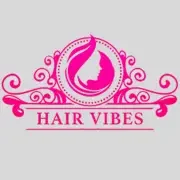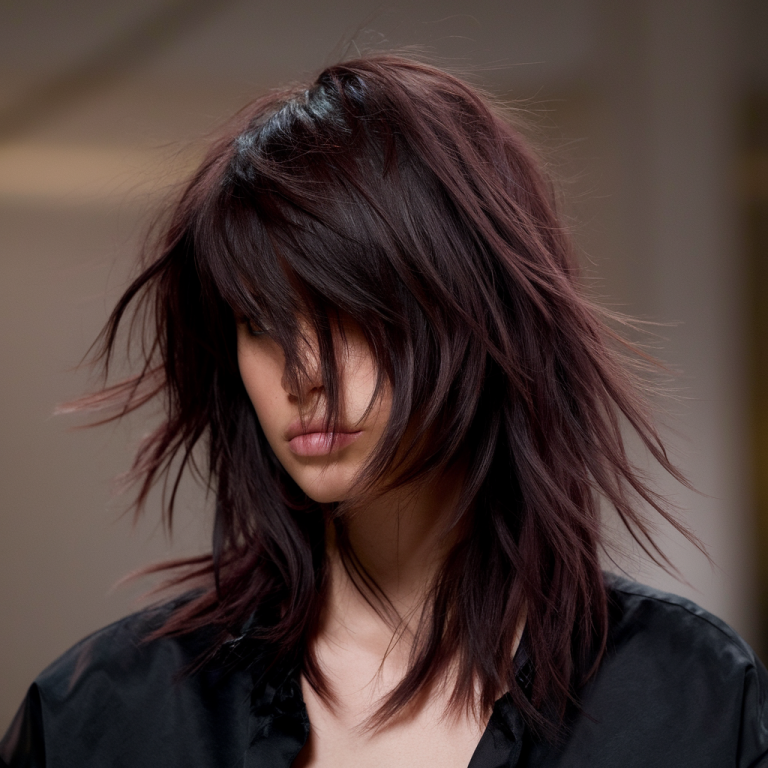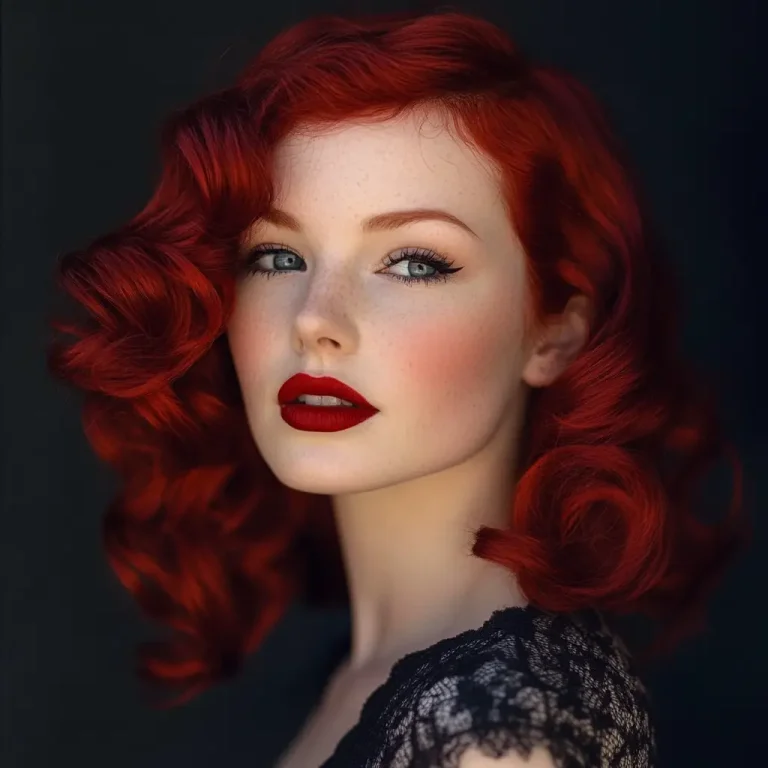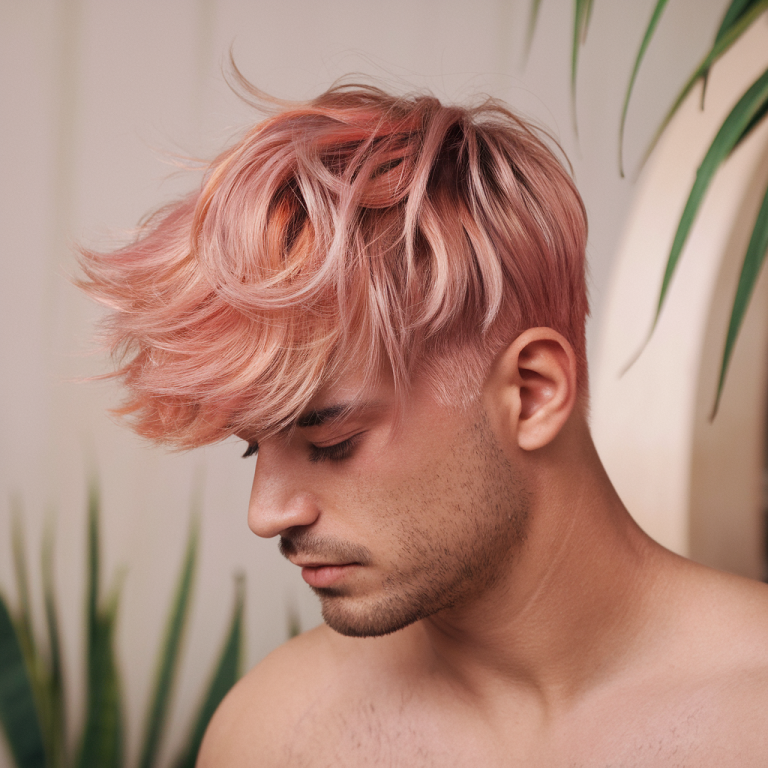13 Best Hairstyles for Alopecia in Black Women to Boost Confidence
Alopecia can feel overwhelming, especially for Black women who often see hair as a powerful part of culture, identity, and self-expression. Hair is more than beauty—it connects to confidence, tradition, and even self-love. Experiencing thinning edges, bald spots, or full hair loss may bring frustration or self-consciousness, but the journey does not have to be faced without options. With creativity, styling, and care, women can find hairstyles that are both protective and beautiful while also reflecting individuality. These styles can highlight resilience and allow every woman to feel confident, elegant, and authentic regardless of hair loss challenges.

1. Short Cropped Natural Style
A short cropped natural look embraces simplicity and elegance. For many women with alopecia, cutting hair very short can reduce the focus on thinning areas while creating a bold, stylish appearance. It is also low-maintenance and gives the scalp room to breathe. This hairstyle radiates confidence and allows facial features to shine, sending the message that beauty comes in many forms.

2. Wigs with Natural Textures
Wigs have become an empowering choice for Black women experiencing alopecia. Modern wigs come in countless textures, from coily to kinky-curly, making it possible to find one that mirrors natural hair beautifully. High-quality wigs offer versatility, comfort, and a chance to switch up looks whenever desired. They allow women to enjoy protective styling while also boosting self-confidence with every new style.
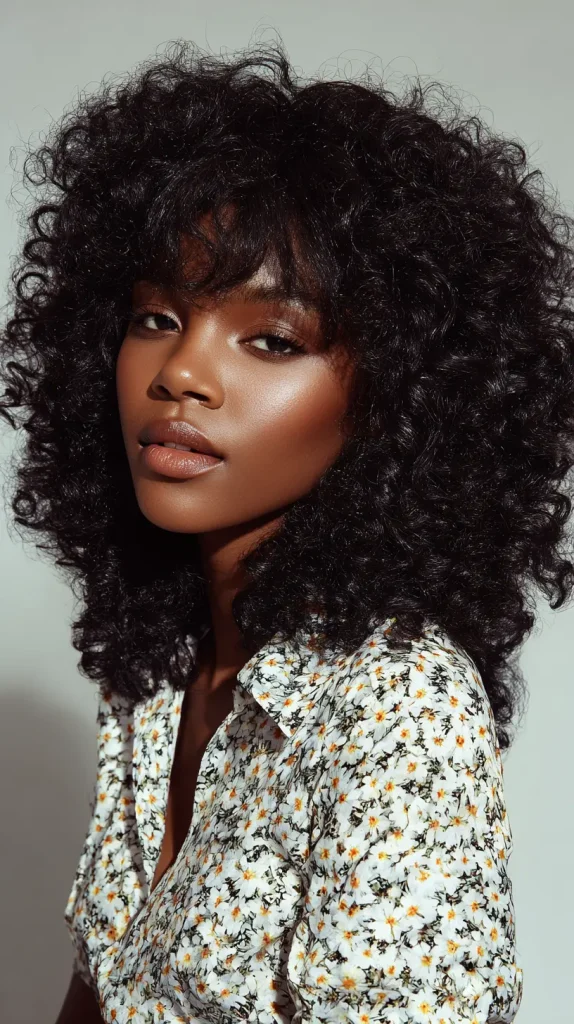
3. Braided Wigs
For those who love braids but want to protect fragile or thinning hair, braided wigs are a creative solution. These wigs are pre-styled with box braids, twists, or cornrows, allowing the scalp to rest while still enjoying the beauty of braided hairstyles. They are lightweight, reusable, and often look incredibly natural, offering both convenience and style.
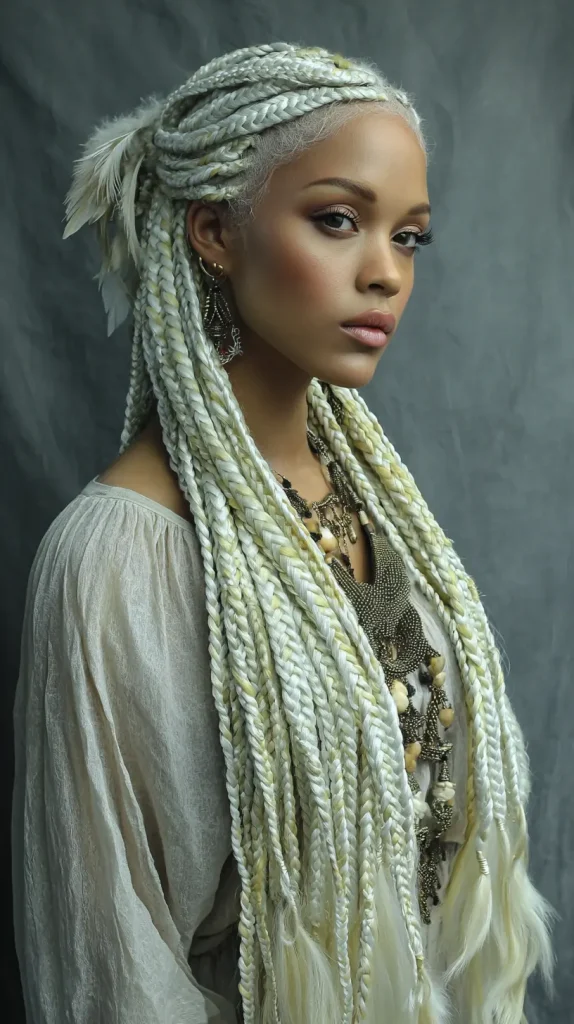
4. Headwrap Styles
Headwraps are more than a solution; they are a statement of culture and pride. With vibrant prints, bold colors, and different wrapping techniques, headwraps transform hair loss into an opportunity for self-expression. They can be worn casually or elegantly, making them perfect for any occasion. Headwraps not only protect the scalp but also provide comfort and versatility in styling.
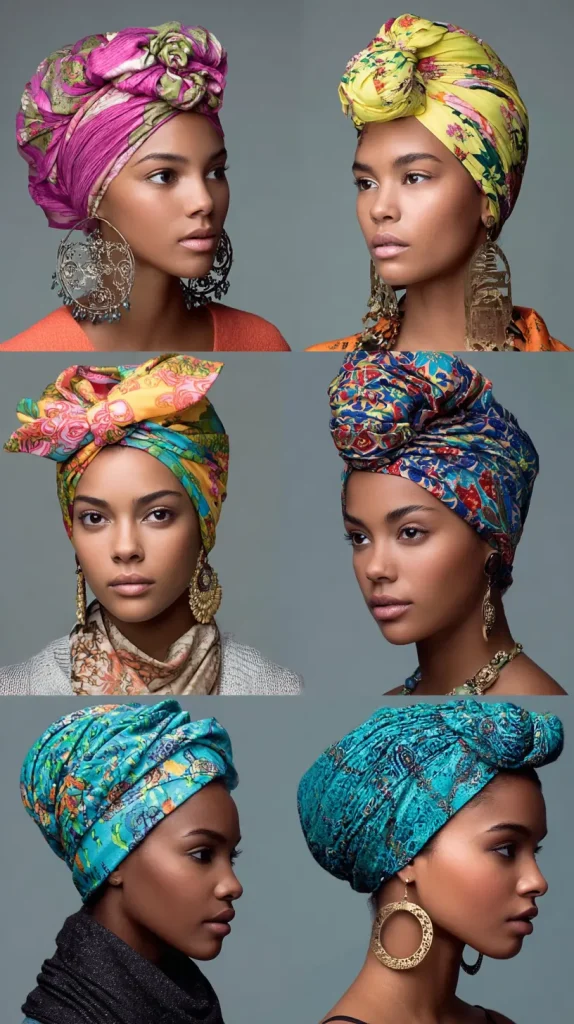
5. Crochet Hairstyles
Crochet styles are an excellent way to achieve volume and fullness without placing too much tension on the natural hair. Pre-braided or pre-curled crochet extensions can be added to cornrow bases, creating natural-looking hairstyles that blend seamlessly. For women with alopecia, crochet styles allow for flexibility while minimizing stress on sensitive areas of the scalp.

6. Scalp Tattoos or Hair Tattoos
For women open to more unique approaches, scalp tattoos or hair tattoos can transform alopecia patches into art. These designs range from delicate patterns to bold shapes, turning hair loss into a canvas for creativity. While not for everyone, this hairstyle choice empowers women to reclaim confidence and redefine beauty on their own terms.
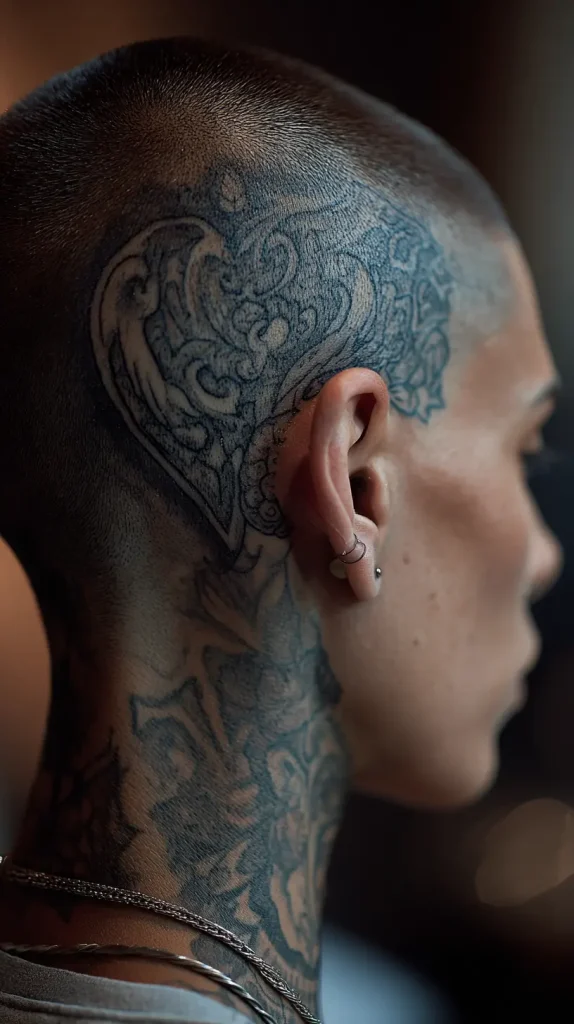
7. Loc Extensions
Loc extensions offer a fuller look for women with thinning hair who want to embrace dreadlocks. The extensions can be installed onto existing locs or natural hair, creating volume and length instantly. Locs also carry cultural significance and often symbolize strength, spirituality, and resilience, making this hairstyle deeply empowering.
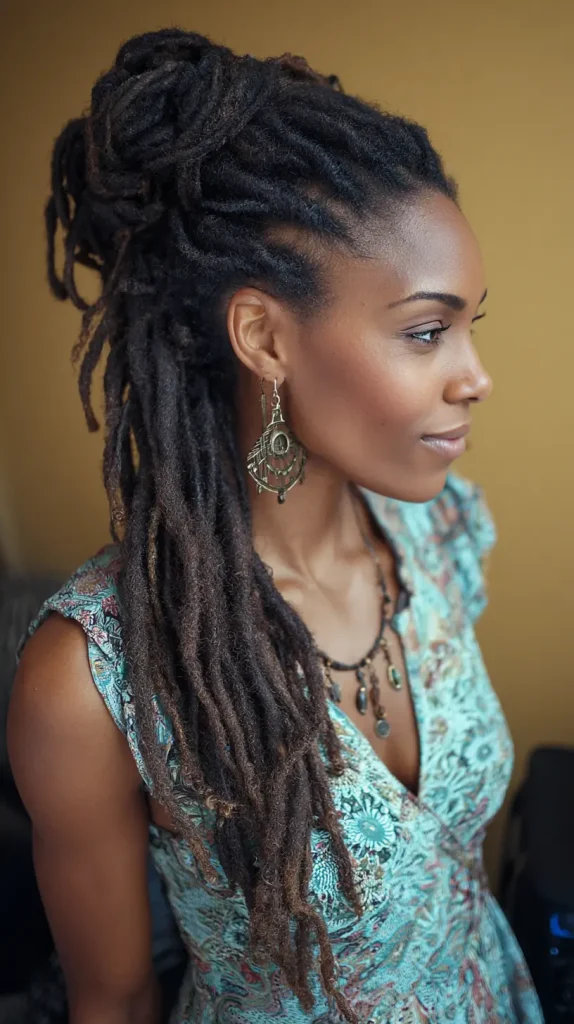
8. Curly Pixie Cut Wig
A curly pixie wig is playful, chic, and modern. It is short enough to be manageable yet has enough texture to provide volume and flair. For women experiencing alopecia, this hairstyle offers an easy solution that looks natural and stylish. The pixie cut draws attention to facial features and makes a bold fashion statement.

9. Faux Ponytails
Clip-in or drawstring ponytails allow women with thinning hair to enjoy sleek or voluminous updos without putting stress on natural hair. These ponytails are quick to apply and come in different textures, making it easy to match natural curl patterns. It is a simple yet elegant way to switch up styles while keeping the scalp protected.
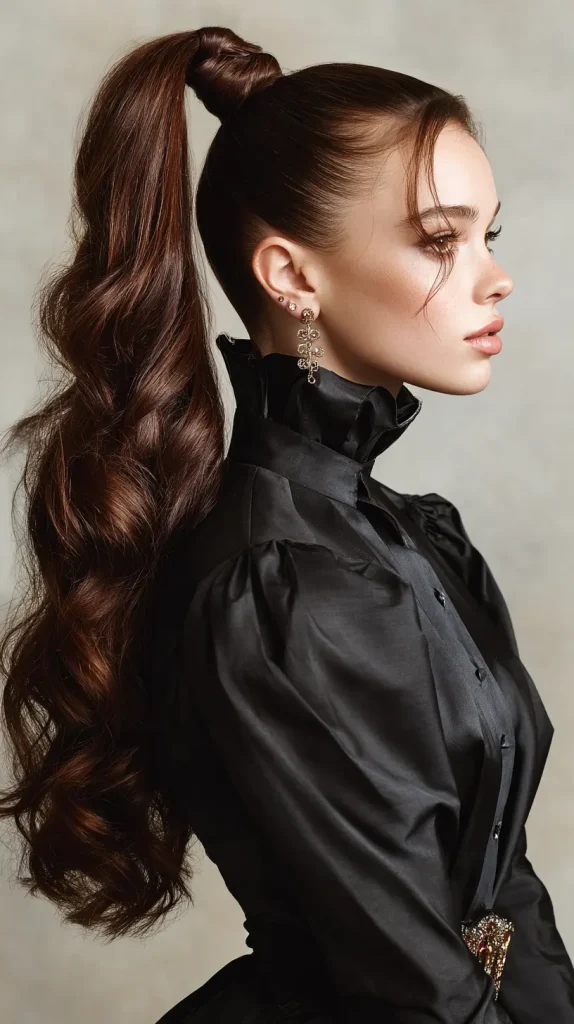
10. Custom Made Wigs
Sometimes the best option is a wig tailored to individual needs. Custom wigs take into account texture, color, and head shape to create a natural and comfortable fit. For Black women with alopecia, a custom wig ensures a hairstyle that feels authentic and enhances confidence. It allows for styling freedom while addressing specific concerns with comfort and precision.

FAQs
Can I still get braids if I have alopecia?
Yes, but it is important to choose lightweight styles or braided wigs that reduce tension and protect fragile areas of the scalp.
Are wigs safe for alopecia?
Wigs are safe if they are breathable, fitted properly, and not worn too tightly. Always give your scalp breaks and care for it underneath.
How do I protect my scalp if I use wigs or wraps often?
Moisturize regularly, use satin or silk caps under wigs, and let your scalp rest when possible.
What is the best hairstyle for confidence with alopecia?
Confidence comes from choosing what makes you feel beautiful. Whether that is a short natural cut, a vibrant headwrap, or a custom wig, the best style is the one that feels true to you.
Can I grow my hair back with protective styles?
Some protective styles can help reduce breakage, but whether hair grows back depends on the type of alopecia. Always consult a dermatologist or trichologist for guidance.
Conclusion
Hairstyles for alopecia are not just about covering hair loss—they are about rediscovering beauty, confidence, and identity. Black women have countless creative and protective options, from short natural cuts to vibrant headwraps and custom wigs. Each style carries its own meaning, whether it is cultural pride, convenience, or self-expression. No matter which hairstyle is chosen, what matters most is how it makes you feel—confident, strong, and authentically yourself. With love, patience, and creativity, hairstyles can become a powerful part of healing and embracing your unique beauty.
